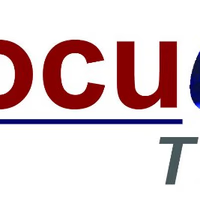Tanzania"s minerals export landscape is undergoing a notable shift, with ores and metals rising from 3. 95% of merchandise exports in 2021 to 5. 48% in 2022. This resurgence marks a significant rebound from the 7. 17% observed in 2020, suggesting renewed international interest and investment in Tanzania"s rich mineral reserves. However, the import side tells a different story, with ores and metals imports slightly declining over the same period, indicating an increase in local processing capabilities or a strategic pivot towards self-sufficiency. Despite these gains, challenges persist, particularly in infrastructure and energy access. As of 2022, only 45.
8% of Tanzania"s population has access to electricity, with even lower figures in rural areas. This limitation poses significant operational barriers for mining activities, which require consistent and reliable energy sources. In contrast, urban areas show a higher electricity access rate of 74. 7%, suggesting opportunities for development in rural electrification to bolster mining operations. The global minerals market presents both opportunities and challenges for Tanzania. While the country benefits from a diverse mineral portfolio, including cassiterite, chalcopyrite, chromite, coal, galena, hematite, sphalerite, and bauxite, the need for modernized infrastructure and sustainable practices is crucial. Increasing fuel imports, accounting for 24. 85% of merchandise imports in 2022, highlight a dependency that could be mitigated by investing in renewable energy and reducing emissions, which have seen a slight decrease in carbon dioxide emissions per capita.
In this context, Aritral. com serves as a strategic ally for Tanzanian businesses navigating the minerals market. As an AI-driven B2B platform, Aritral offers services like Product Listing, Direct Communication, and Global Sales Assistance, which can aid businesses in overcoming market barriers. With AI-powered marketing and Profile Management, companies can effectively reach out to potential global partners, enhancing their market presence and operational efficiency. Utilizing these tools can be instrumental in addressing the access-to-energy challenge, thereby supporting sustainable growth and increased competitiveness in the minerals sector. "
-
 Rocu Gems Trading Ltd. 6 days ago
Rocu Gems Trading Ltd. 6 days ago Tanzania
Gemstones
Tanzania
Gemstones
The gemstones of Tanzanite, sapphires, rubies, and spinels are the top gemstones extracted from our mines in Tanzania. \nSpeaking of Tanzanite, it is ...Details

